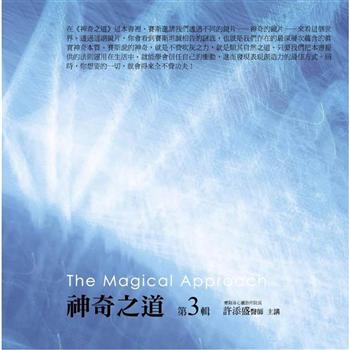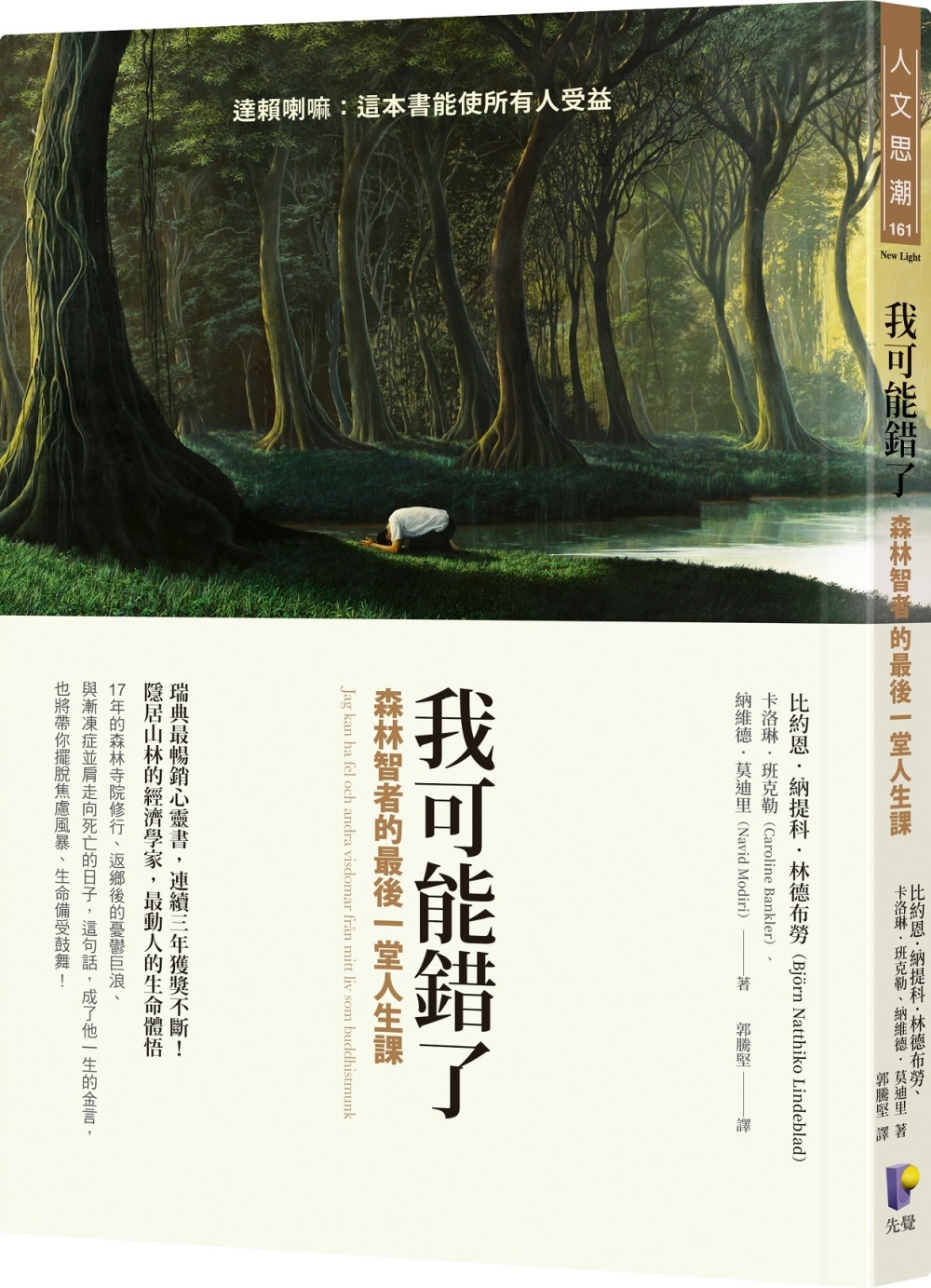| FindBook |
|
有 1 項符合
LONDON ADAM AND CHARLES BLACK的圖書 |
 |
$ 90 電子書 | Egyptian Birds
作者:Charles Whymper 出版社:LONDON ADAM AND CHARLES BLACK 出版日期:2014-09-11 語言:英文  看圖書介紹 看圖書介紹
|
|
|
圖書介紹 - 資料來源:博客來 評分:
|











